If you’ve ever shopped for wheels, you’ve probably seen numbers like ET 0, ET +20, or ET –38 and wondered what they mean. Many people just hear that “Negative offset looks cool” — but don’t really know why. Let’s break it down simply and clearly.
What Does “ET” Mean?
“ET” stands for Einpresstiefe, a German word that translates to “offset.” The ET value is a measurement in millimeters that determines how deep a wheel sits within the wheel arch of a vehicle. It’s the distance between the wheel’s centerline and its hub mounting surface — basically, how far in or out the wheel sits on your car.
What the ET Value Indicates
The ET (offset) value can be zero, positive, or negative — and it directly dictates the wheel’s position relative to the vehicle’s hub.
- Zero offset (ET 0)
The wheel’s hub mounting surface is perfectly aligned with the centerline of the wheel. This creates an equal amount of space on both inner and outer sides — a balanced, neutral fit. - Positive offset (ET +)
The hub mounting surface is positioned outward from the wheel’s centerline, closer to the wheel’s front face. This pushes the wheel and tire further inside the wheel well. - Negative offset (ET –)
The hub mounting surface moves inward, toward the brake side of the wheel. This pushes the wheel further out from the body, creating that deep-dish, aggressive look often seen on off-road trucks and rear-wheel-drive cars.
Why Negative offset is So Popular
When a wheel has a negative offset, it sticks out from the fenders, giving your vehicle a wider and tougher stance. That’s why it’s so popular among off-roaders and show-truck builders.
Advantages of Negative Offset:
✅ A wider track width for better off-road stability.
✅ A bold, aggressive, “deep dish” look.
✅ More room for wide tires and suspension upgrades.
Disadvantages of Negative Offset:
⚠️ Increased stress on wheel bearings, hubs, and suspension components.
⚠️ Possible fender rubbing if the offset is too extreme.
⚠️ Throws mud, dirt, and rocks along the side of your truck.
How ET Affects Vehicle Performance and Fitment
Changing a wheel’s ET value can significantly affect how your vehicle drives and handles.
- Component clearance:
The correct offset ensures your wheels and tires don’t rub against suspension parts on the inside or the fenders on the outside. Too much positive offset can cause suspension rubbing, while too much negative offset can cause fender rubbing. - Track width and stability:
The offset changes the track width — the distance between left and right wheels on the same axle. A lower or more negative ET increases track width and can improve stability, but extreme changes can upset steering geometry. - Safety and regulations:
Sticking close to your manufacturer’s recommended ET is safest. Experts suggest staying within 5–10 mm of the factory offset. Going too far can damage suspension parts, affect tire wear, or even void your warranty in some countries.
What About Wheel Spacers?
If you already have wheels but want them to sit further out, you can use wheel spacers — metal rings that fit between the hub and the wheel. Common sizes include 10 mm, 20 mm, 30 mm, and 50 mm. Spacers effectively reduce your offset, making your wheels act like they have more negative ET.
Example:
- ET +20 wheel + 20 mm spacer = roughly ET 0
- ET +20 wheel + 30 mm spacer = roughly ET –10
Just make sure you use high-quality, hub-centric spacers with proper bolt length — safety always comes first.
Final Thoughts
Offset is one of those things that sounds technical, but it’s really about how far your wheels sit in or out from your vehicle’s body.
- Positive ET → Wheels tucked in (factory look)
- Zero ET → Balanced position
- Negative ET → Wheels stick out (off-road or aggressive stance)
A mild negative offset looks great and improves stance. Go too extreme, and you’ll stress parts or rub fenders — so balance style with function.
In short: “Negative offset” isn’t automatically better — it’s just a different style. It can make your vehicle look bolder and handle wider, but it comes with trade-offs. Knowing your ET helps you choose wheels that look right, fit right, and drive safely.

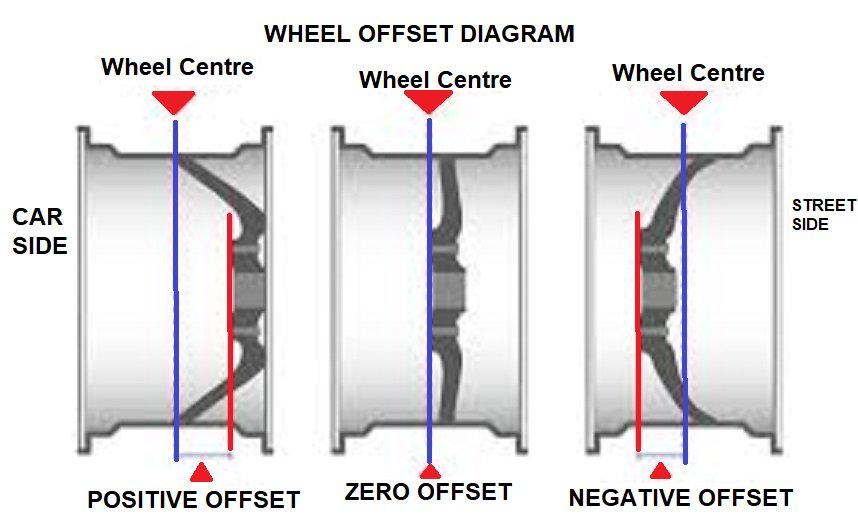
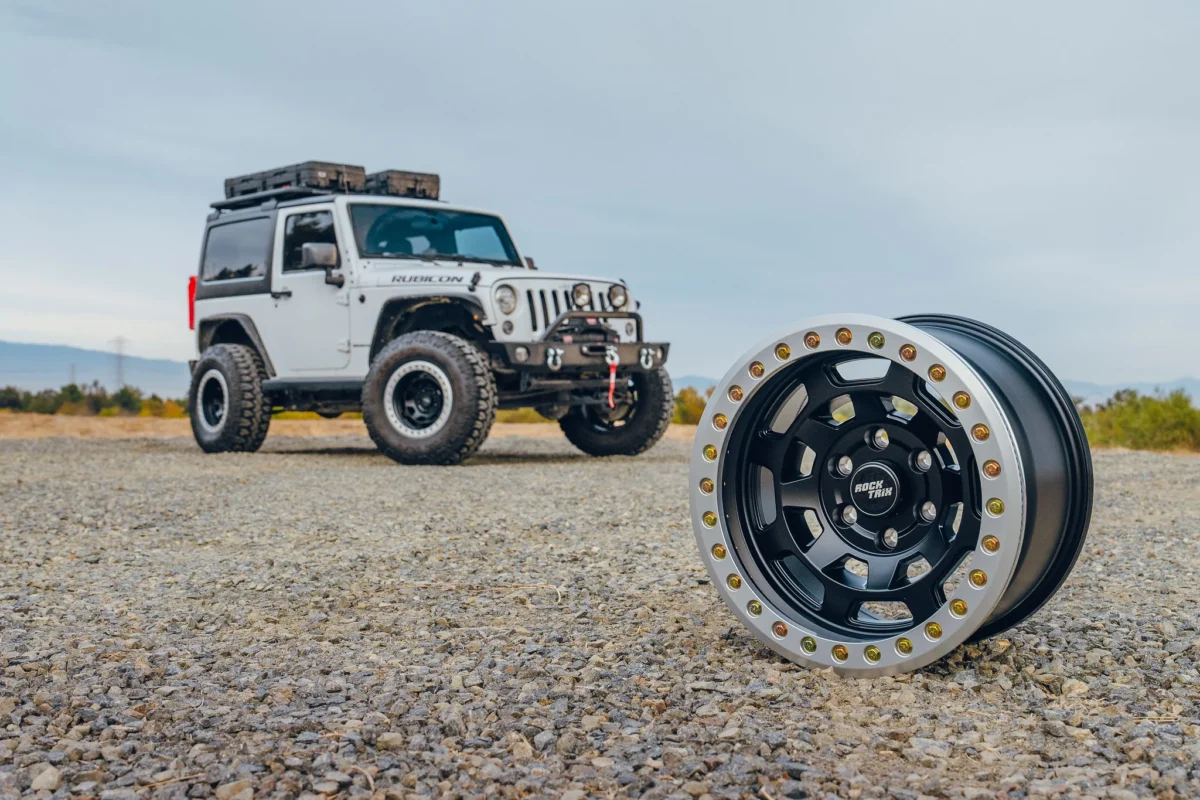
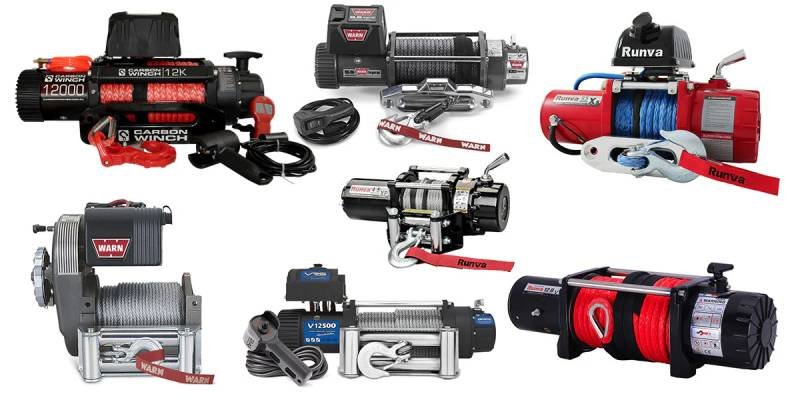
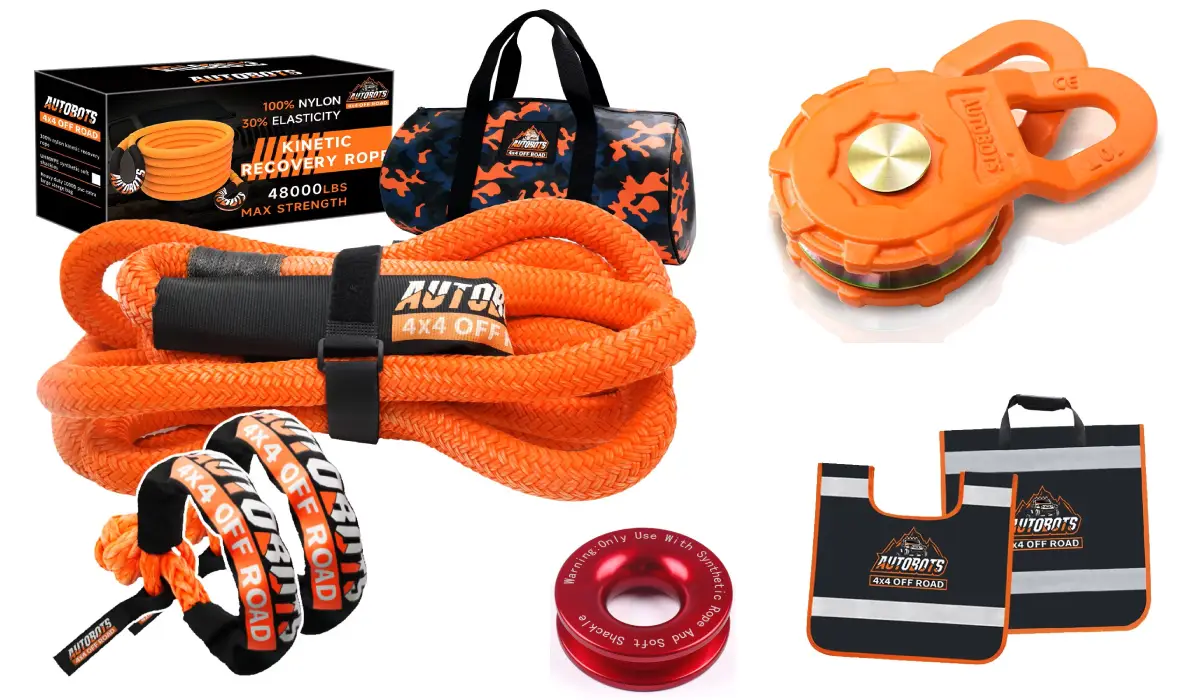
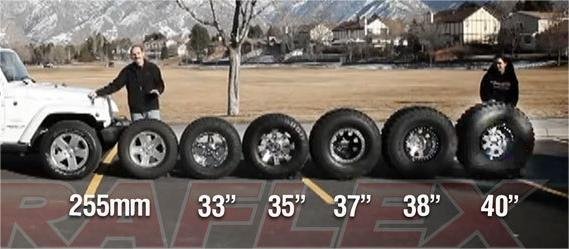
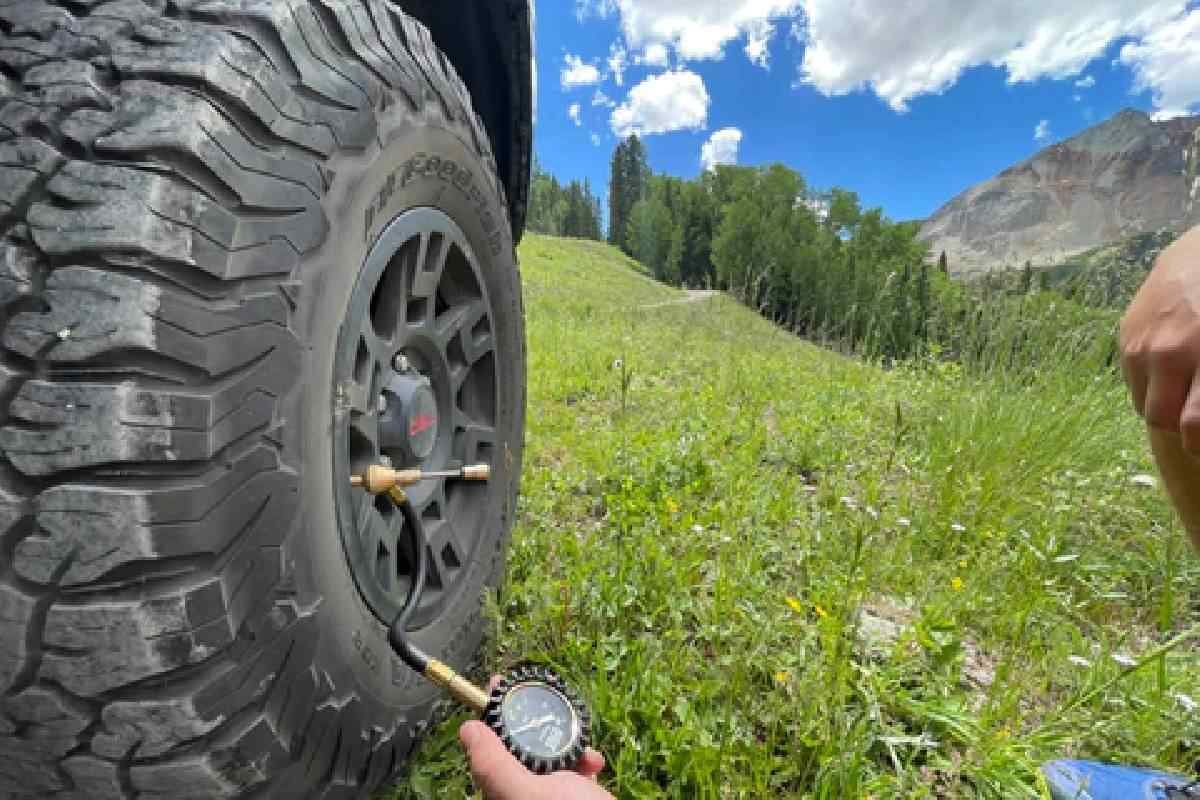
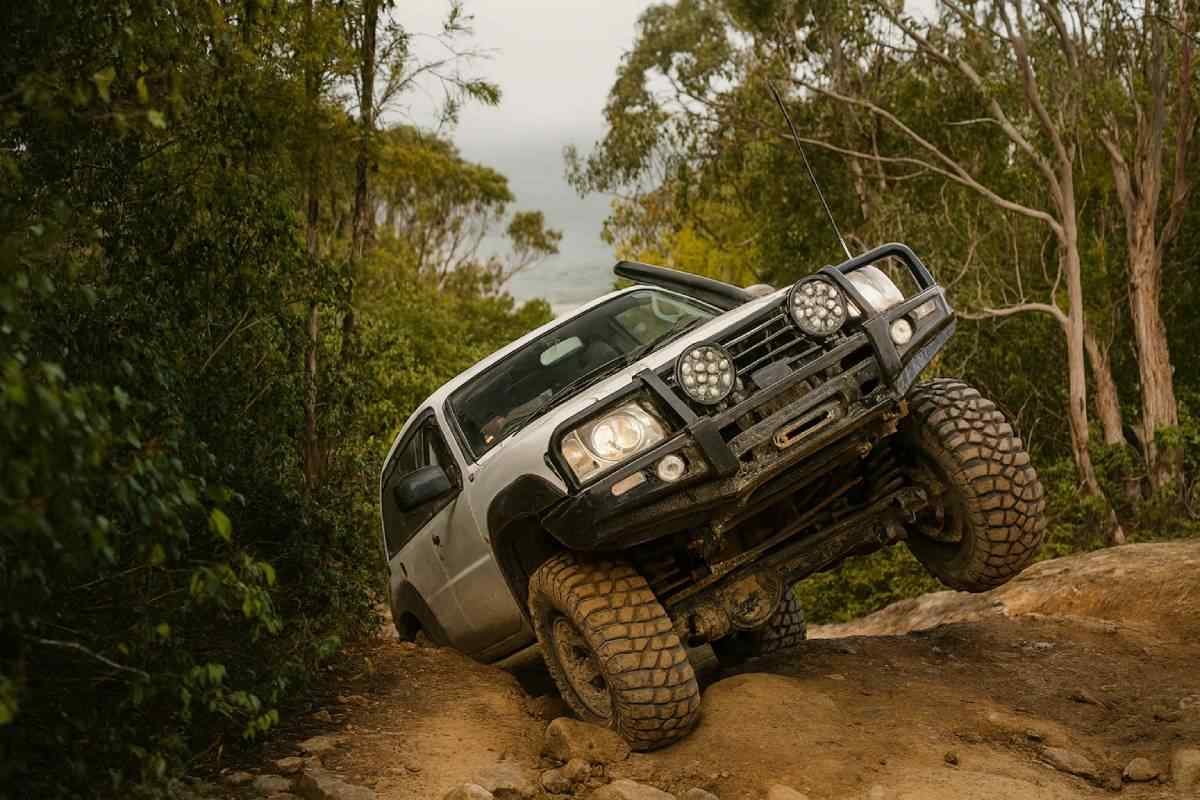
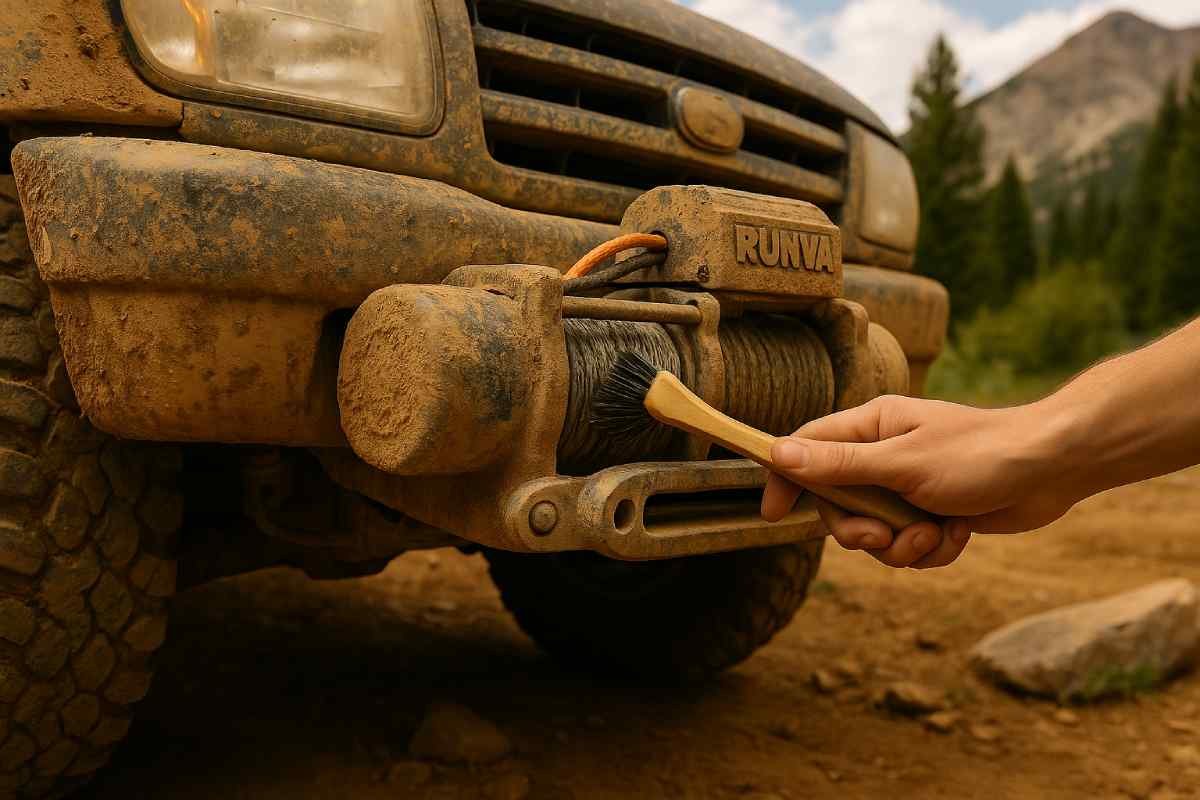
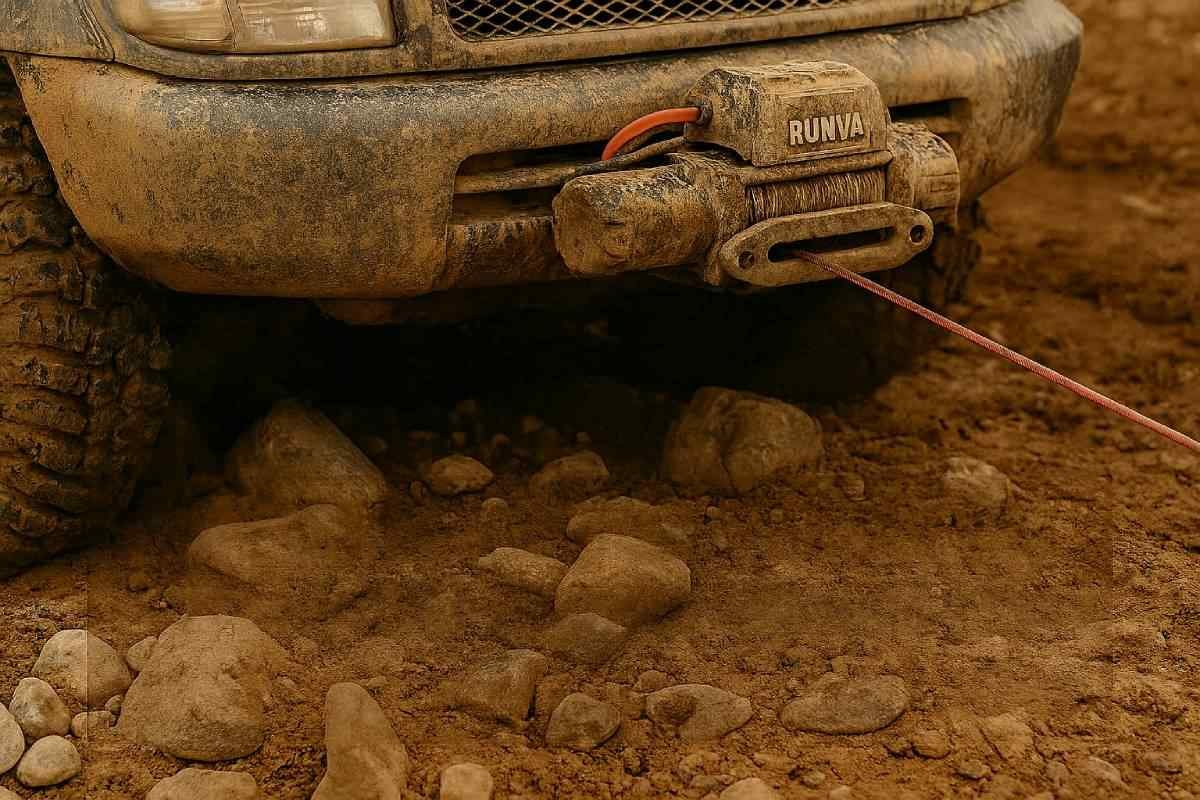
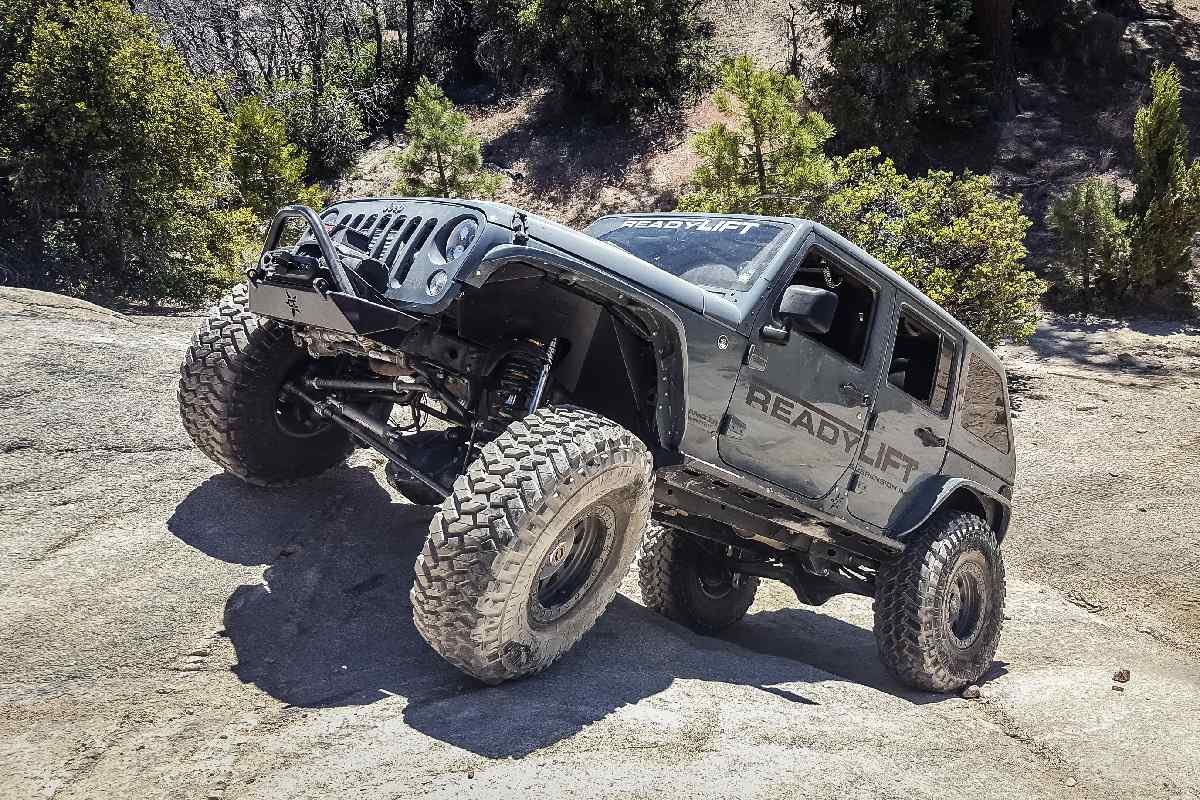
Շատ լավ ինֆո է
👍👍👍👍👍👍👍👍
Meka en mardik chen kardalu … iranq “kardal” chgiten 🙂